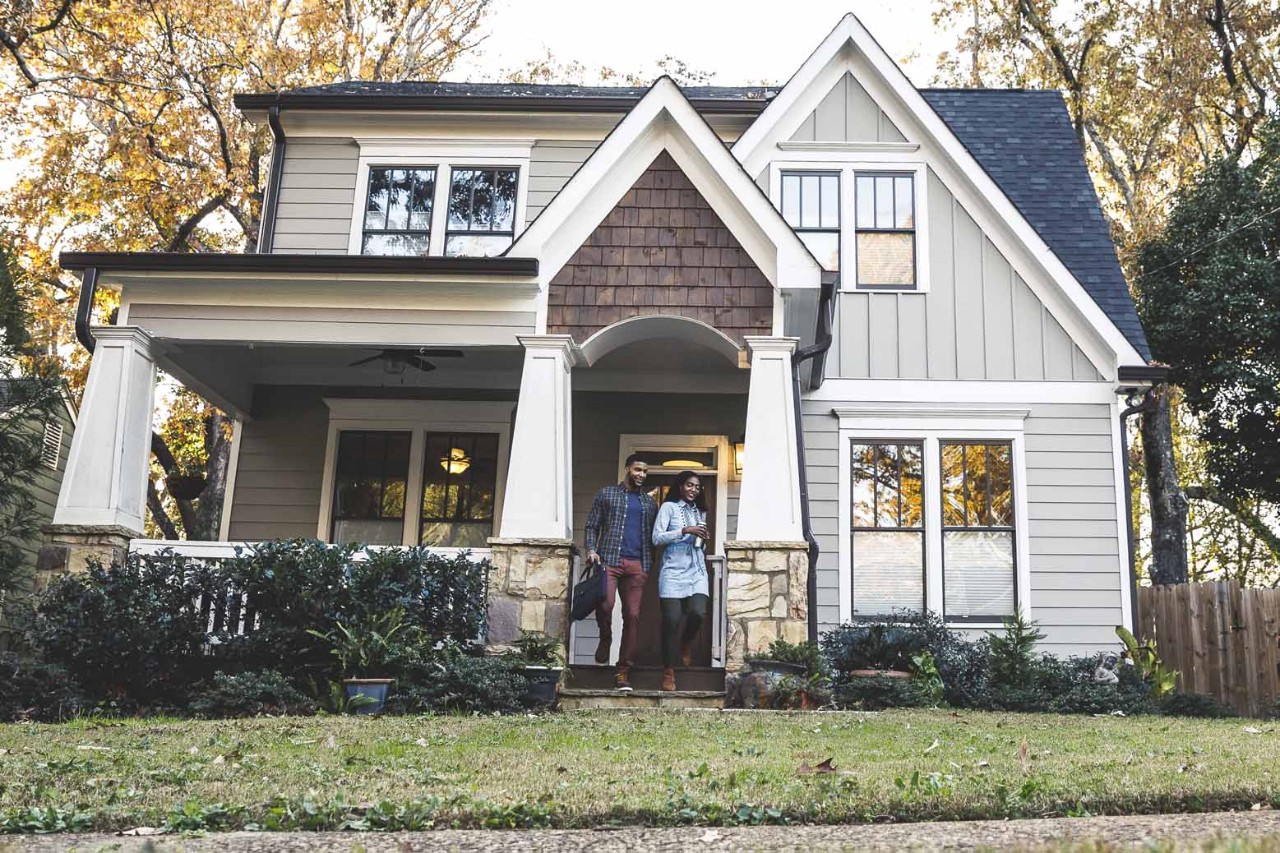
What Is Homeowners Insurance?
Learn about homeowners insurance and why it's essential to protect your home. Find out what home insurance covers and the basics of home insurance claims.

by Dawn Klintworth
When you consider homeowners insurance, you probably think about insurance to protect the structure of your home, known as dwelling coverage. In addition to securing quality home insurance with a reliable insurance company, you also need to understand how depreciation and inflation can affect how your insurance pays when you have a claim. Known as loss settlement options, you will choose either actual cash value or replacement cost coverage.
Find out more about home insurance.
Find out more about home insurance.
Actual cash value (ACV) protection subtracts depreciation from the value of your home or belongings. That depreciation is based on time (age of your property) and wear and tear.
Let’s consider two examples:
If you bought new furniture for $1,000 two years ago, and it’s damaged today by a covered event, you will be reimbursed for the current cost of equivalent furniture (what you’d pay for it today) minus depreciation. If that depreciated value is $800, the reimbursement would not be what you originally paid for your furniture and likely would not be what you need to buy new furniture today.
Let’s say you bought a brand-new home eight years ago for $250,000 and insured the structure for $220,000 (you wouldn’t have to insure the value of the land). If that home is damaged or destroyed today, the amount of home insurance protection available to rebuild or repair under ACV is limited. It includes the cost of labor and construction materials, minus depreciation of your home, up to the $220,000 amount you set for your policy. So, if the depreciated value of your home (for time and wear and tear) is $200,000, that is the most ACV coverage would pay. This may not provide you enough money to fix the damage or rebuild your home.
Replacement cost includes the cost of labor and construction materials, but doesn't subtract for depreciation, so it's based on today's costs. Even though it accounts for inflation, it only covers up to 100% of the coverage amount you set for your policy. While this provides more protection than the ACV option, you have the option to improve your replacement cost coverages by selecting one of these options for your dwelling coverage:
Extended replacement cost includes the cost of labor and construction materials and extends your protection to up to 120% of the coverage amount you set for your home insurance policy, helping to account for inflation. So, if construction costs have gone up, you have extra coverage to help you rebuild.1
Guaranteed replacement cost, also known as additional replacement cost, includes the cost of labor and construction materials, with no limit, and accounts for inflation. We're one of a few insurance companies to offer this type of coverage that protects you in a high-inflation environment when building and labor costs may be higher than the home insurance protection you’ve set for your home.
Talk with your insurance agent about these coverages since requirements for extended and guaranteed (additional) replacement cost vary by state. Our insurance agents can offer you options so that you select the right home insurance for your situation.
Updated 4-20-23

Learn about homeowners insurance and why it's essential to protect your home. Find out what home insurance covers and the basics of home insurance claims.

If you had to file a home insurance claim, could you list all items in your home? Create a home inventory to make future home insurance claims easy.

Get the facts about public adjusters and your insurance claims.
Start a quote or call us at 866-COUNTRY (866-268-6879). Find out more about home insurance.
Contact your rep or call us at 866-COUNTRY (866-268-6879). Find out more about home insurance.
1 Property must meet age and condition requirements, which vary by state.
Home insurance policies issued by COUNTRY Mutual Insurance Company®, COUNTRY Casualty Insurance Company® or COUNTRY Preferred Insurance Company®, Bloomington, IL.
COUNTRY Financial® is a family of affiliated companies (collectively, COUNTRY) located in Bloomington, IL. Learn more about who we are.
We take pride in providing accurate, truthful information in our articles. See our editorial standards to learn more.